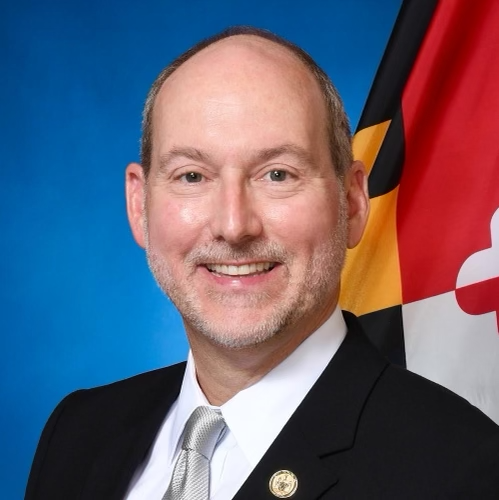
Curators at the Smithsonian’s National Museum of the American Indian are hoping to highlight a different side of American history in what will be the largest collection of treaties ever available to museum-goers.
To celebrate its 10th anniversary, the museum will open an exhibit Sept. 21 called “Nation to Nation: Treaties Between the United States and American Indian Nation.” It aims to outline overarching domestic issues of the 18th century – largely, ignorance of the customs and practices of Native Americans.
When the museum first opened in 2004, the exhibits focused on the lives of native peoples, said David Penney, associate director for museum scholarship. But this exhibit is different, he said.
It includes eight treaties from the National Archives and is divided into sections that guide observers through history, from the early republic to times of both peace and bitter conflict. The exhibit will remain open until fall 2018.
“Many tribes have been asking to do an exhibit like this for a long time,” Penney said. “This is everybody’s history, even world history.”
Every six months, the museum will feature a new treaty from the National Archives, located just blocks away, as well as artifacts from the 18th and 19th centuries. Some of these include a wampum belt with a depiction of the Treaty of Canandaigua of 1794 and an intricately adorned beaded pipe bags from the Fort Laramie Treaty of 1851.
The tribal leaders of the Haudenosaunee – that is, the Iroquois Confederacy – visited the museum earlier this month to see the display for the Treaty of Canandaigua, a document that represents lasting peace and friendship between native communities and the U.S.
Suzan Harjo, a guest curator and co-founder of the museum, said native communities were interested in the exhibit because, to many members, it resonates with them on a personal level.
“These are their ancestors, in addition to being their nation’s,” Harjo said. The founders of the National Museum of the American Indian initially envisioned it as a cultural center.
Harjo helped negotiate the museum’s location with the Smithsonian and Congress. The museum, situated east between the Smithsonian’s Air and Space Museum and the Botanical Gardens, faces the Capitol Building.
“[It’s] so that people who were making policy about us would have to look us in the face,” Harjo said. “We want to be a part of the government, to be at the table, to have a say, to be a participant.”


